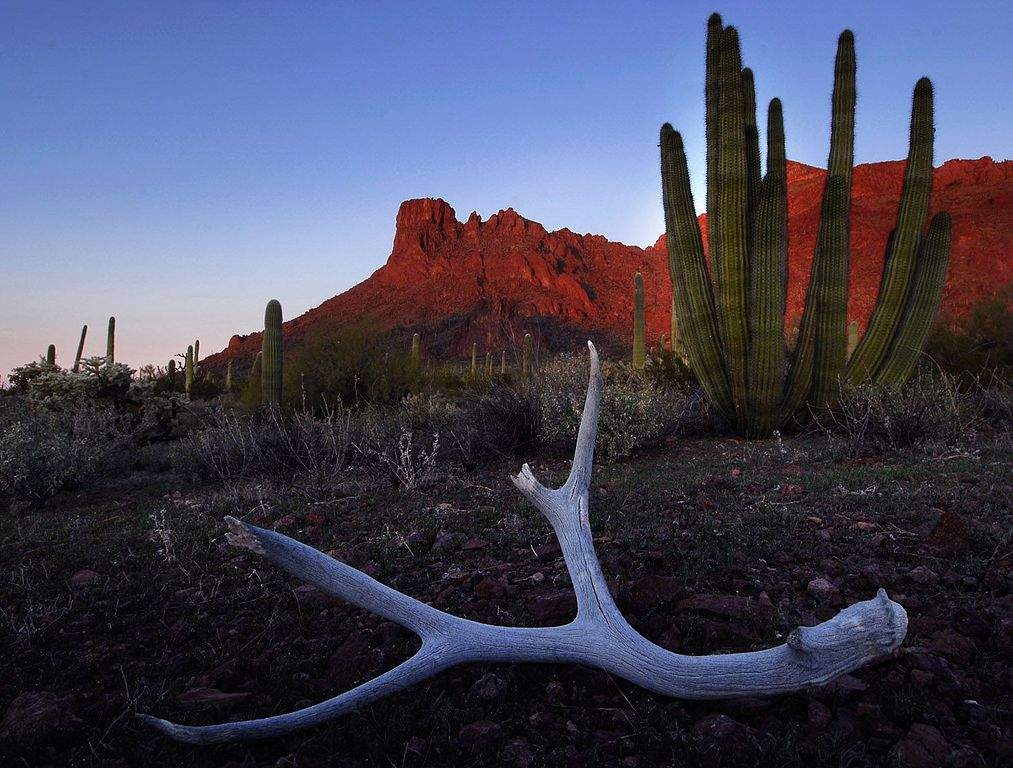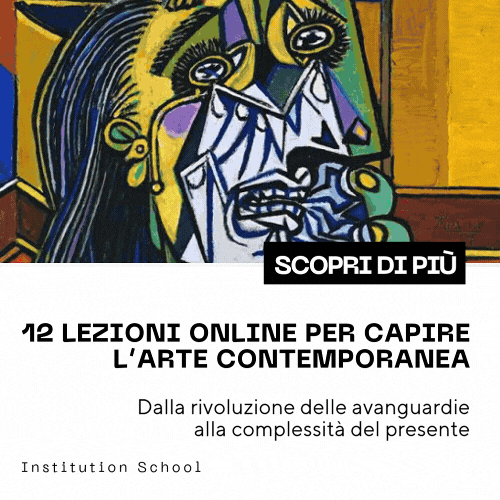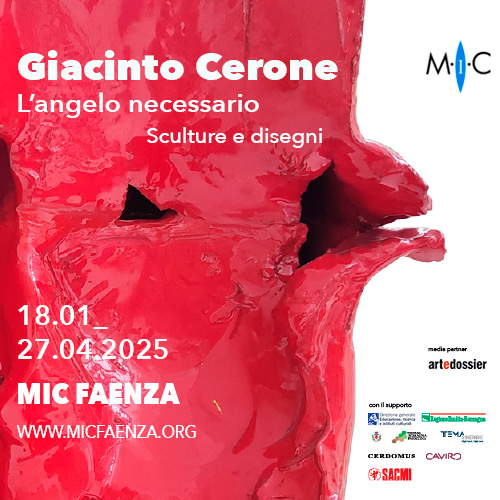Trump's wall at U.S.-Mexico border risks devastating Native American burials
The landmines that workers building the wall on the U.S.-Mexico border wanted by U.S. President Donald Trump are using to prepare the ground risk devastating some Native American burial sites in Arizona. Raising the alarm is Democratic Congressman Raúl Grijalva, who reported some explosions that occurred last week in an area known as Monument Hill, the site of burials of the Tohono O’odham Nation, natives who live right on the border with Mexico. According to Grijalva, the construction of the wall would be proceeding apace for political reasons, and this is likely to result in proper precautions not being taken. “It’s all about the political agenda,” he told CNN, “and there is no concern about the consequences this could have on these sacred sites.”
At the moment, however, it is not known whether the explosions have actually damaged the sites, reports CNN, which specifically asked Grijalva whether his is a fear or is a certainty. “It is more than a fear,” the congressman said, “if we consider the behavior of the administration, if we consider the fact that there was no consultation, if we consider the lack of concern. We hope that by bringing this issue out publicly, the Department of Homeland Security will think twice. If they decide to do things differently, things can be done differently.”
The stretch of wall under construction in Arizona is affecting an area declared a national monument (a counterpart to our national parks), theOrgan Pipe Cactus National Monument, an extraordinary nature reserve declared, in 1976, a UNESCO Biosphere Reserve. Within the park, there are as many as twenty-two known Native American burials (some as old as four centuries), and, according to what Grijalva said at a press conference (video was posted on his Twitter profile), of four sites he visited, two would be affected by the work and “disturbed,” since blasting would have already begun in the area.
The sites are, Grijalva explained, “on the agenda” of the wall: “they have to build a tot of wall every day,” he said, “without concern for the consequences to sacred sites, making use of the Real Id Act to circumvent laws that protect sacred sites, burials, and cultural resources [the Real Id Act is a 2005 law that allows for overriding regulations governing the construction of physical barriers at the state border when necessary, ed.] and violating the constitutional responsibility that the United States has to Native nations.” Grijalva added that the “cultural arrogance of this administration and its ethnocentrism for which there is only us and others don’t care are demonstrated by what is happening on the border in the O’odham Nation.”
The president of the O’odham Nation itself, Ned Norris, also accuses the administration of proceeding to build the wall without regard for the natives and without consulting with the local people. “The Tohono O’odham Nation,” he said, “strongly opposes the construction of the fortified, 9-meter-high wall that will irreversibly damage cultural sites, sacred sites and the environment. Media reports of the use of explosives further demonstrate the massive and unnecessary destruction that the wall is inflicting.” Indeed, there is also concern about the environmental consequences: the wall could affect the migratory behaviors of species moving across the border and risks altering the balance of water resources in the desert areas.
The U.S. Border Agency has let it be known that the blasting is proceeding in a controlled manner but will continue unabated throughout the month, and representatives of the Tohono O’odham Nation are asking the administration for access to prior consultations. Consultations that were also urged by Congressman Grijalva but which, at least for the moment, would not take place.
Pictured: a landscape of the Organ Pipe Cactus National Monument. Ph. Credit Miguel Angel de la Cueva
 |
| Trump's wall at U.S.-Mexico border risks devastating Native American burials |
Warning: the translation into English of the original Italian article was created using automatic tools. We undertake to review all articles, but we do not guarantee the total absence of inaccuracies in the translation due to the program. You can find the original by clicking on the ITA button. If you find any mistake,please contact us.





























